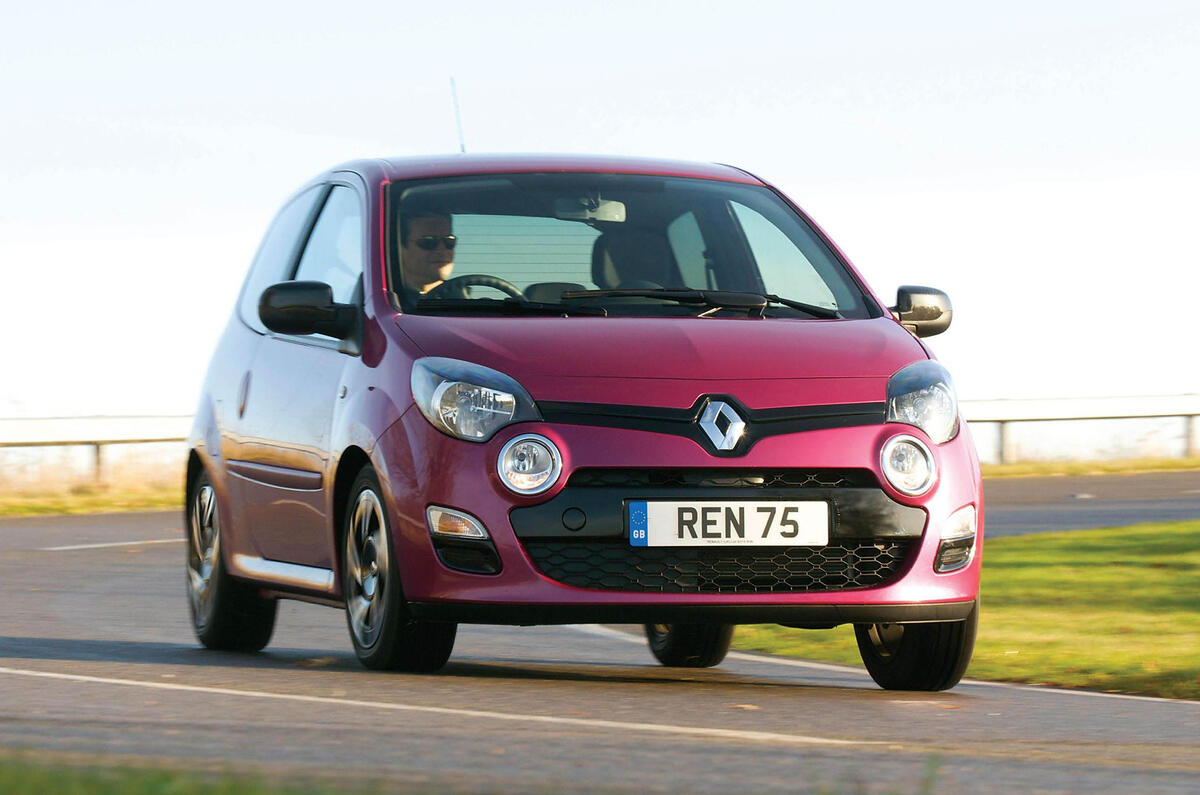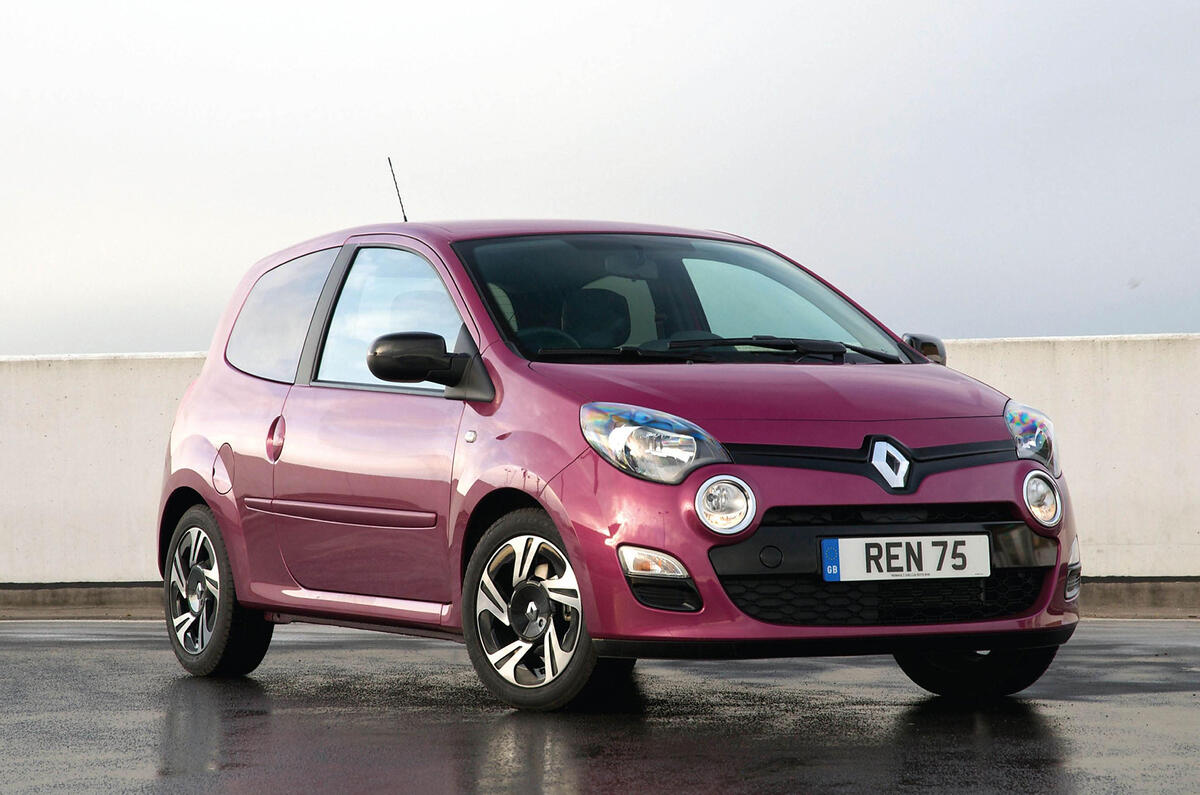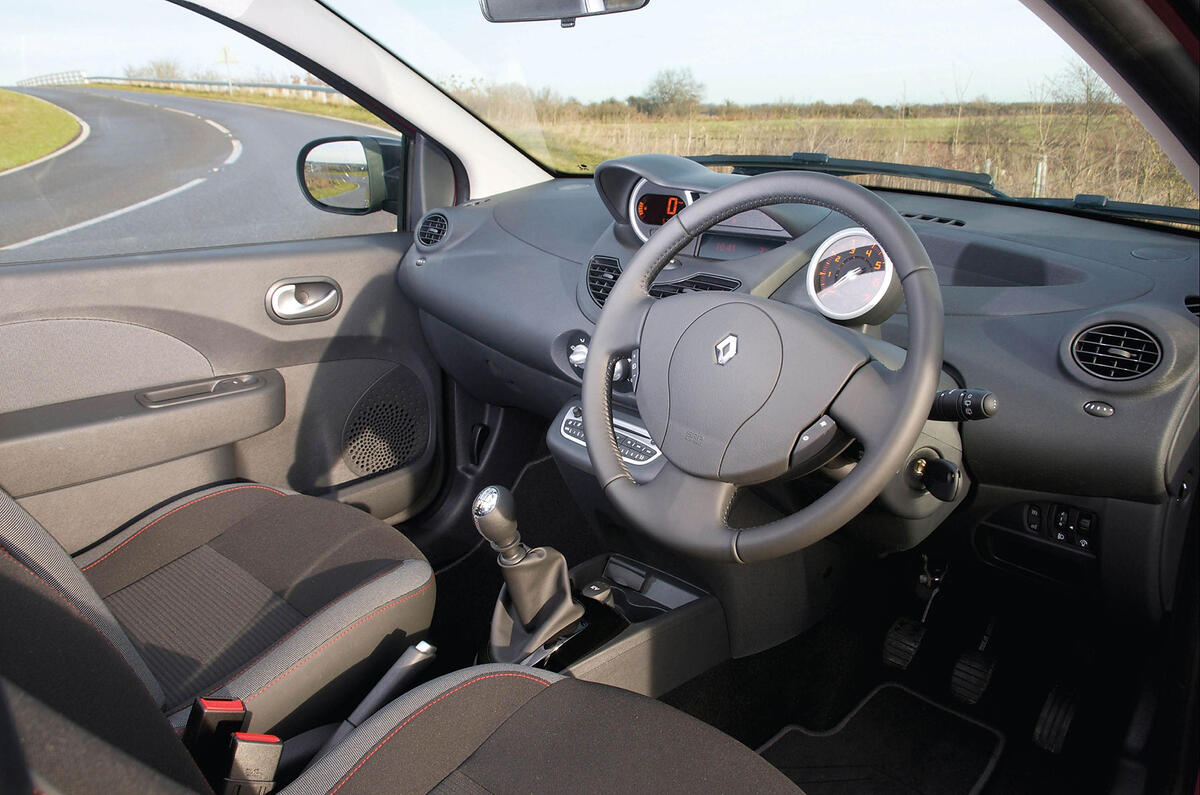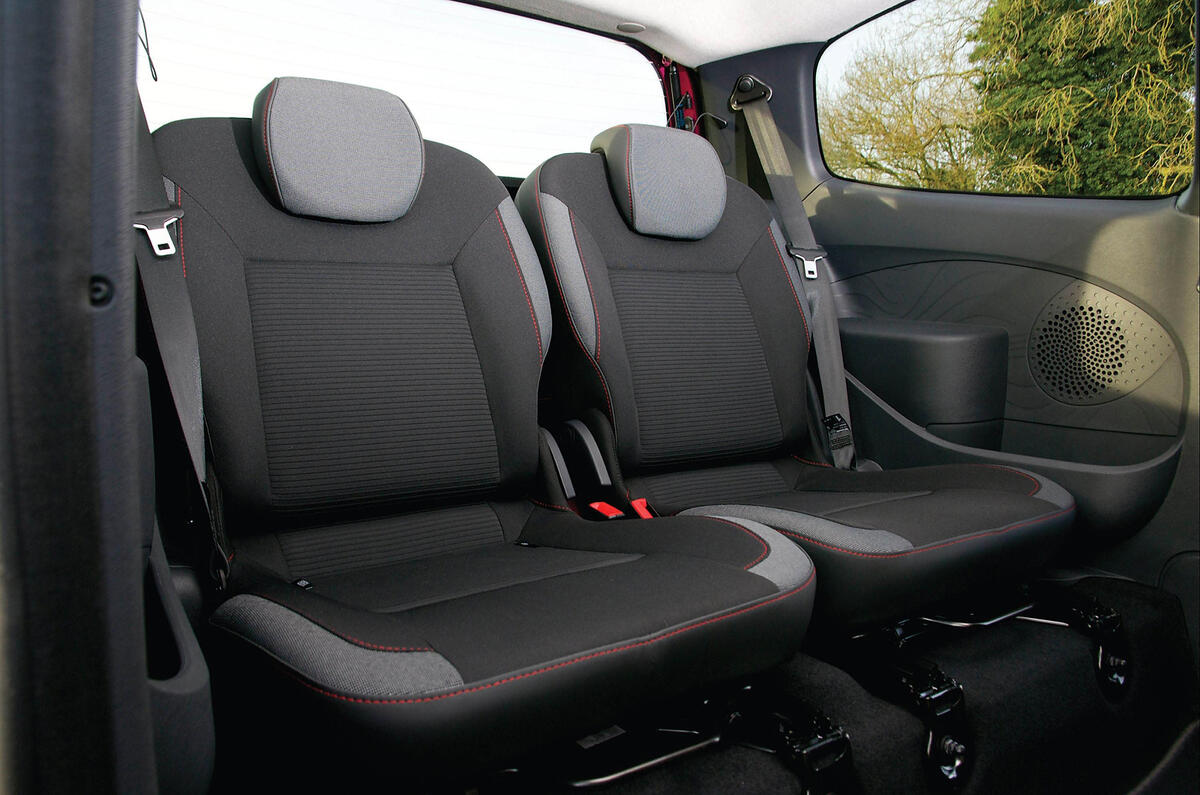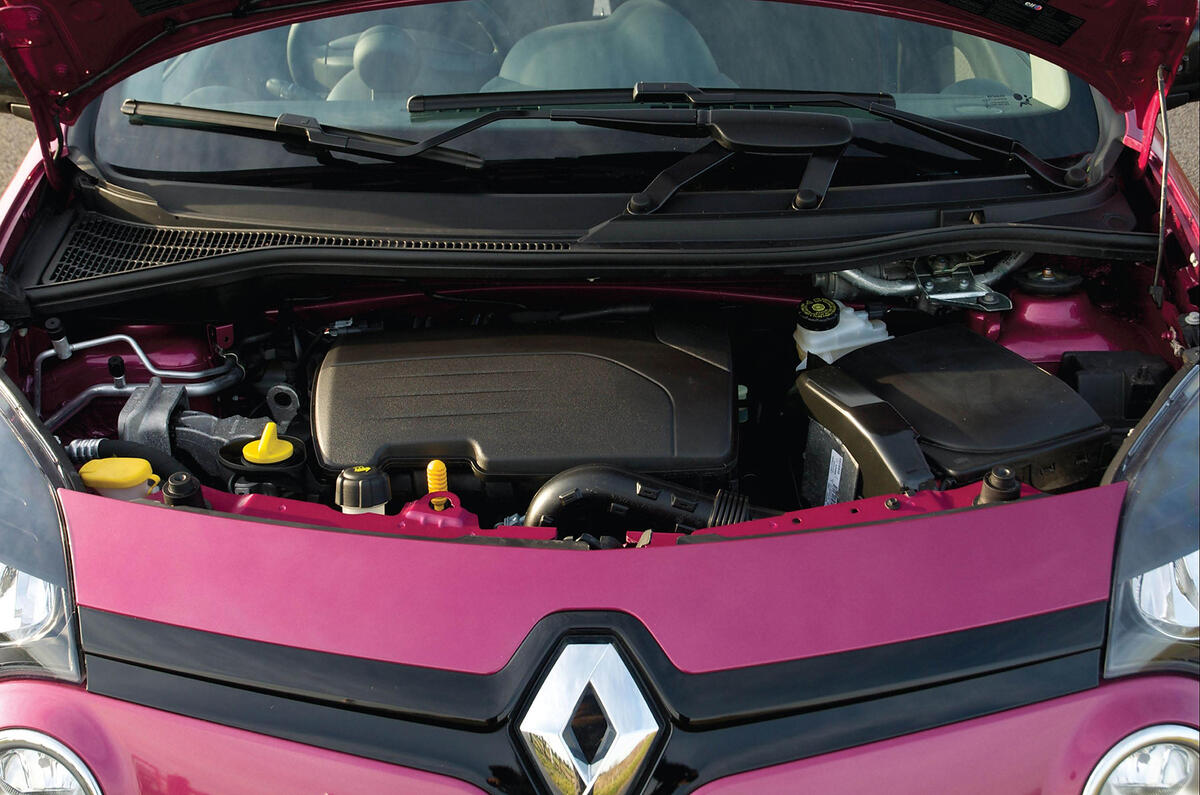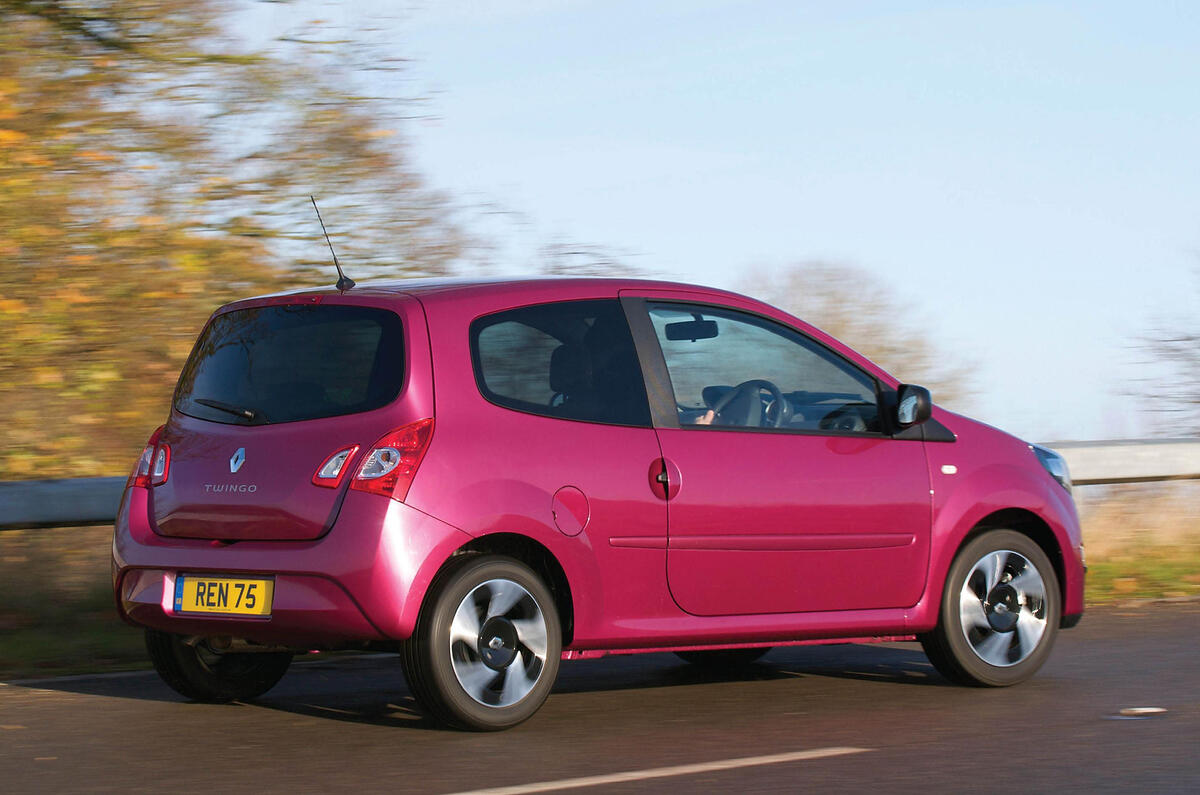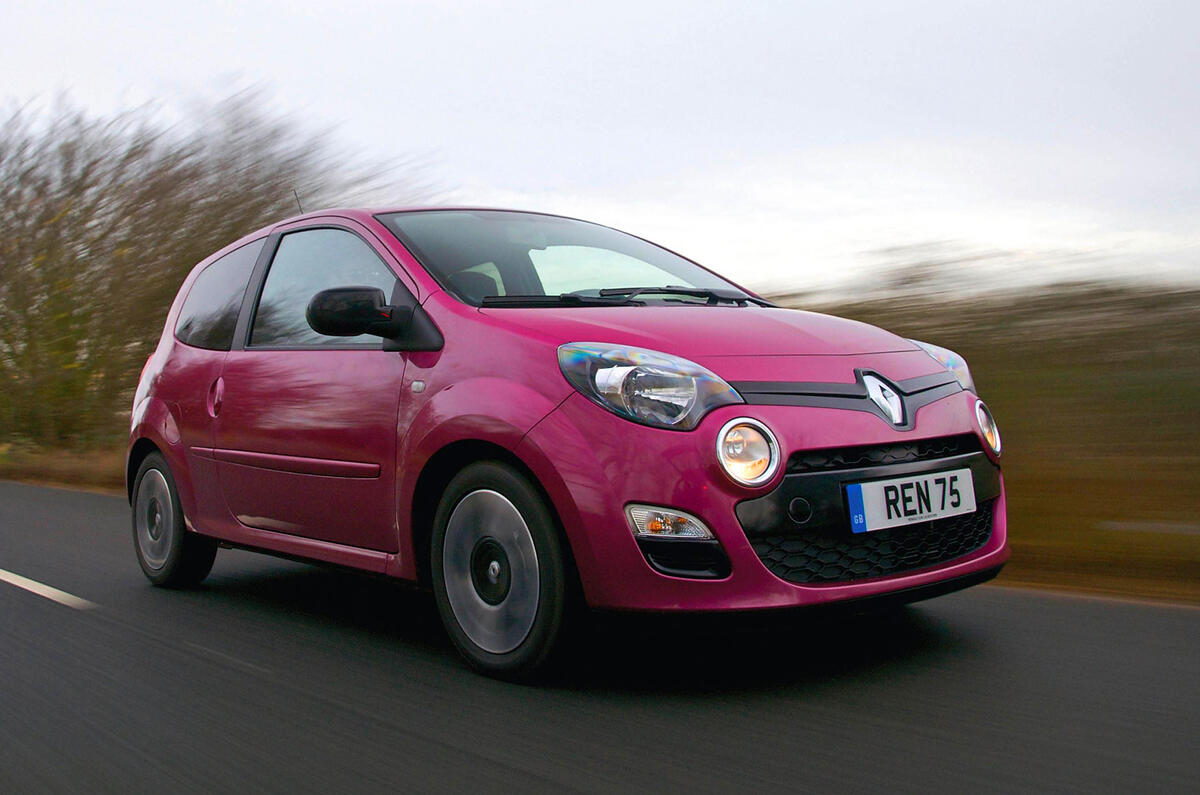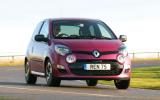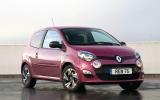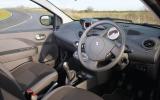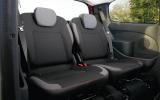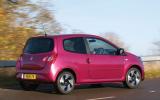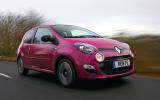Style is everything nowadays in the city car segment. It is no longer enough for cars like the Renault Twingo to merely offer a good-value, solid dynamic package, when even rivals from Korea, such as the Kia Picanto, are starting to have greater visual appeal to the more fashion conscious motorist.
This latest Twingo is Renault’s response to the segment’s trend. The second-generation Twingo initially failed to match the cheeky charms of its simple, chic predecessor that first launched in 1993 to critical acclaim – and 2.4 million sales over its lifetime – but never actually officially made it to the UK because it was not engineered for right-hand drive.
But as part of its mid-life revisions, the Mk2 Twingo has received a new exterior skin to reignite some of the Mk1’s charm and make a more compelling rival for the style-led city cars including the Fiat 500, Mini and Citroën DS3, as well as the more functional city cars including the Volkswagen Up triplets and Fiat Panda.
This Mk2 Twingo is quite different from the original, chiefly because it is available in right-hand drive.
Based on a modified version of the previous-generation Renault Clio platform and available with a punchy 1.2-litre turbocharged engine, it is much more sophisticated technically than its predecessor (mechanically the first-generation Twingo was a fairly basic device, even though its interior was cleverly packaged and featured a sliding rear bench seat), not to mention significantly more expensive.


